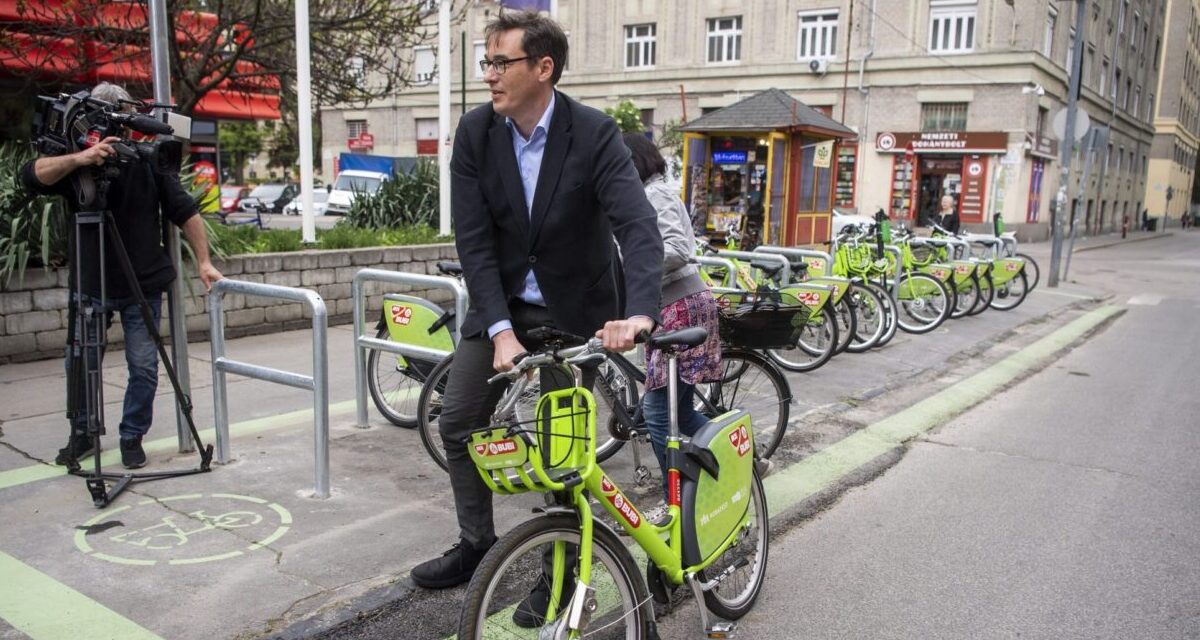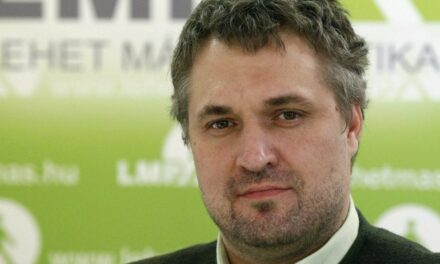Obviously, more harmful substances enter the air if we spend more time on the roads - lawyer Kázmér Kovács, chairman of the legal and interest protection committee of the Hungarian Automobile Club, emphasized to hirado.hu that the measures taken under the pretext of greening do not improve the situation, but rather polluters.
"One cannot help but see that, while referring to greening, the capital's management does not take into account the viewpoints of conscious environmentalists or traffic management specialists. When these decisions are made, the consequences of this are expected to be counterproductive in terms of the set goals," Kázmér Kovács commented hirado.hu
The lawyer recalled to the portal that the 2018 expert material prepared by the Master Plan on behalf of the capital shows that the closure of a bridge leads to twenty-nine thousand kilometers of extra road use in the capital on a daily basis.
"In this way, the emission of harmful substances will not only decrease, but will also increase, at most it will be diverted from one scene to another"
the lawyer pointed out.
"The goal would be to make the city more livable, but this makes it more unlivable"
he added.
Compromises are necessary
"A compromise should be sought! Supporting tourism, cyclists, public transport and pedestrian traffic are all correct objectives, but, as they say, you shouldn't throw the baby out with the bathwater," explained Kázmér Kovács, who believes that impact assessments should be used to assess what results would be achieved if, for example, in the future, it would be possible for the residents of the I. and V. districts to pass by car over the Lánchíd, thus reducing the traffic on the Erzsébet, Margit and other bridges.
Traffic chaos may escalate
He explained that the north-south extension of Budapest is 28 kilometers, of which 8 kilometers is the section where the bridges are. If the Chain Bridge is removed from this, the nearly three-kilometer-long section of the Danube will be left without the possibility of crossing it for those traveling by car.
He pointed out that, according to professional materials, bridges must be renovated regularly every 30 years, and emphasized that the renovation of the Petőfi bridge is urgent, which is why the traffic chaos in the capital may escalate further.
There are few P+R parking lots
Speaking to hirado.hu, Kázmér Kázmér also complained that new traffic management solutions are always envisioned by the capital city government as a reduction of passenger car traffic, but at the same time there is no mention of the creation of detours. He emphasized that while there are 40,000 P+R parking lots in Vienna, there are only 4,000 in Budapest.
"There is no progress on this issue either, they recently made parking at the Kelenföld railway station pay for example"
- he added, then pointed out that speed limit ideas alone cannot be expected to reduce accidents, since tragedies caused by drunk drivers cannot be prevented with such rules.
"In the event that more time needs to be spent on the road to get from one point to another, on the one hand, the lives of car drivers, who make up a significant part of the population, will be made more difficult, and on the other hand, they will achieve opposite results than what they are saying," he emphasized .
He emphasized that
a review of the current situation regarding bicycle lanes on the main boulevard should be considered, here too there should be at least a compromise solution, and there should be no restrictions on the use of lanes by passenger cars during peak traffic periods.
"KRESZ is aware of periodic prohibitions and restrictions. Support for bicycle traffic can be agreed to under reasonable conditions and realistic conditions," argued Kázmér Kovács, who believes that one of the sidewalks on the Erzsébet Bridge could be given over to cyclists, because there would still be enough space for pedestrian traffic on the other.
Source: hirado.hu
Featured image: MTI/Zoltán Balogh













